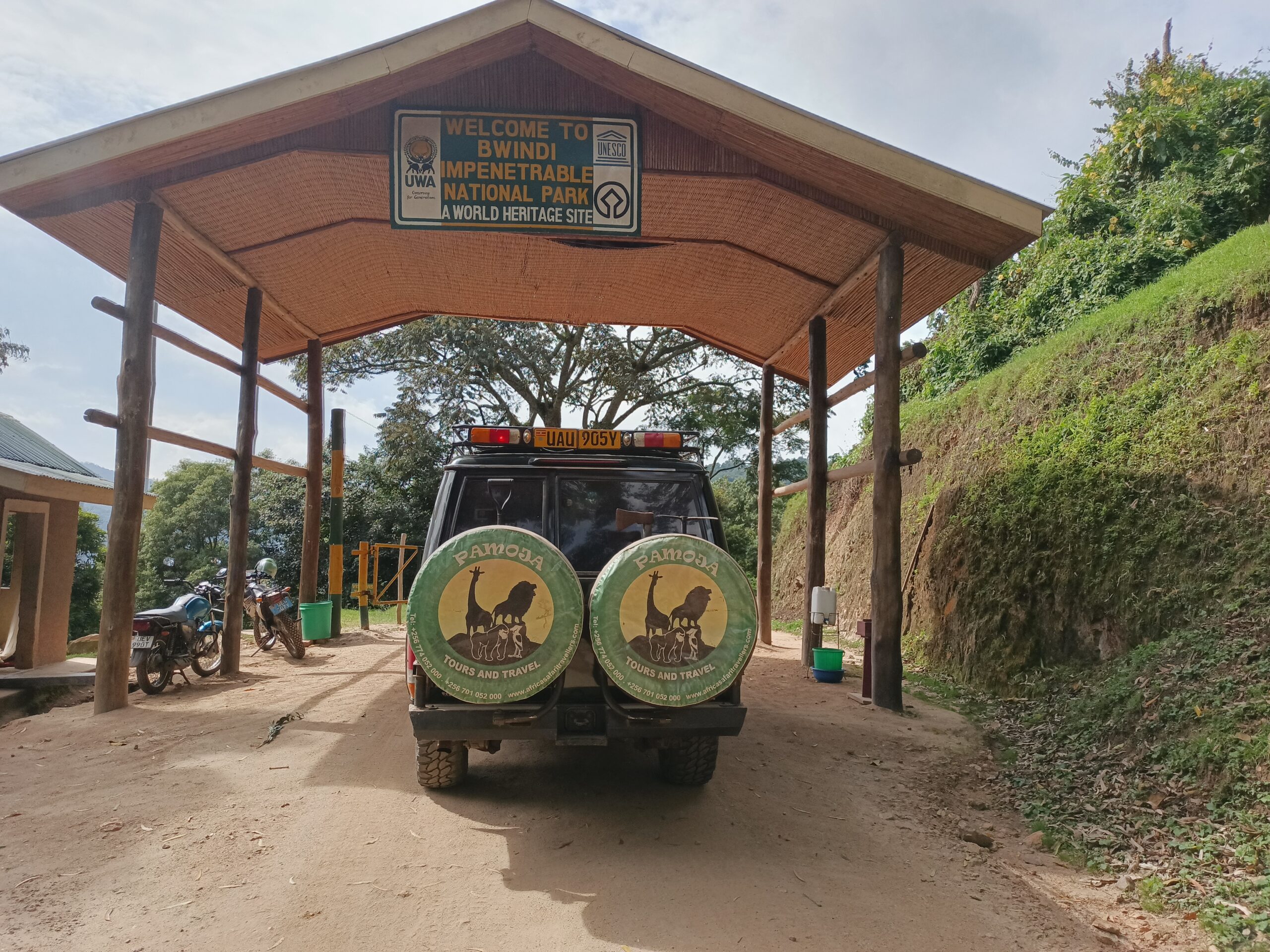About Mountain Gorillas
![]()
About Mountain Gorillas in Uganda, East Africa. Uganda is a home to over 51% of the world’s remaining mountain Gorillas. These mountain gorillas are endangered and also considered to be special creatures, several questions have always been put forward with regard to them.
Researchers, scientists, individuals and various concerned parties frequently inquire about these amazing creatures.
That said, below are the frequently asked questions and their response.
-
What is a mountain gorilla?
Scientifically known as “Gorilla beringei beringei”, Uganda’s mountain gorilla is a sub-species of the Eastern gorilla found in the East Central African rain forests. As illustrated by their name, these creatures only live in the mountains at elevations between 8,000 and 13,000 feet.
Furthermore, there are about 1000 mountain gorillas in the world currently which is why they fall in the endangered species category. It is also important to note that the mountain gorilla is one of the largest living primates.
-
Are mountain gorillas dangerous?
To begin with, habituated mountain gorillas are not dangerous or even prone to be angered by visitors as long as they are not disturbed. This is because of the fact that they have been trained to get used to human presence.
Conversely, wild mountain gorillas are considered to be highly dangerous just like all the other wild animals in Africa.
Additionally, if you intend on visiting the habituated mountain gorillas, you still have to follow certain rules to avid any trouble. For instance, never get between a mother and her child, do not tease the gorillas, avoid using a flash light, making distracting noises and moving quickly.
-
What is gorilla trekking?
Gorilla trekking is defined as a hike to the tropical forests of Africa to see the mountain gorillas in their natural habitat. Additionally, this exciting activity only takes place in Uganda, Democratic Republic of Congo and Rwanda.
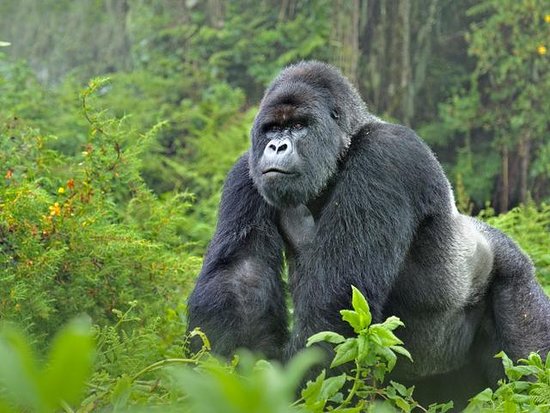
-
What are the best countries for gorilla trekking?
Interestingly, the best countries for gorilla trekking are Uganda and Rwanda. This is because both of them have a similar rugged terrain and habitats. Additionally, the regulations and quality of local gorilla guides and trackers is similar in Rwanda and Uganda.
-
What is the gorilla habituation experience?
Gorilla habituation refers to the process of training gorillas to get them be familiar to human presence.
This process takes place in Bwindi Impenetrable National Park. Additionally, it allows 4 people per day to visit the gorilla family under habituation and spend several hours with them.
-
Where does gorilla trekking take place in Uganda?
Gorilla trekking takes place in Bwindi Impenetrable National Park and Mgahinga National Park.
-
How close can I get to the Mountain gorillas?
You must keep a distance of 7 meters away from the gorillas. However, there are instances where the gorillas may come towards you. In such a case, it is advisable stand quietly and observe while taking photos. Touching the gorillas is totally unacceptable.
-
How difficult is gorilla trekking in Uganda and Rwanda?
Gorilla trekking in Uganda and Rwanda is relatively difficult and challenging depending on your physical fitness. However, trekking gorillas in Uganda is slightly more challenging than in Rwanda due to hiking through the thick forest with steep terrain, valleys and crossing rivers.
Therefore, it is advisable for one to go to the gym for a week or two before your planned trekking dates.
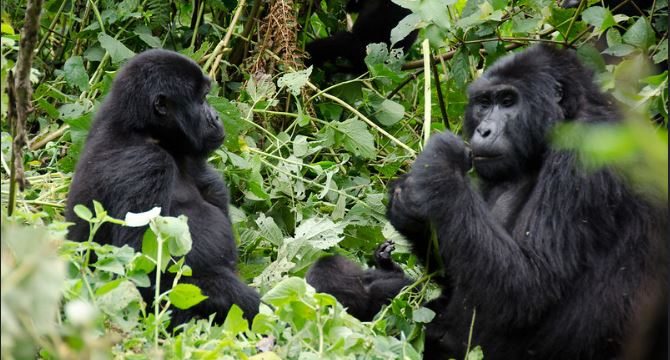
-
How many hours can one spend with the mountain gorillas?
Visitors can spend a maximum of one hour in the presence of the mountain gorillas (in accordance to the gorilla trekking permits). This is primarily important because it ensures minimize disease transmission.
This time might seem really limited but it is such a memorable golden opportunity that is definitely worthwhile.
-
What else is there to see in Rwanda apart from gorillas?
Besides gorillas, there are several other tourist attractions in Uganda for instance; wildlife in Akagera National Park, Chimpanzees in Nyungwe forest, Dian Fossey Museum, Kigali genocide memorial and several local markets.
-
Where and when is it possible to visit gorillas?
Gorilla trekking can only take place in Uganda, Rwanda and Democratic Republic of Congo.
You can do gorilla tracking any time of the year. However, it is best to go for trekking in the dry season; December to February and June to September.
-
How old do you have to be to see gorillas in Uganda and Rwanda?
The minimum age limit for gorilla trekking in Uganda, DRC and Rwanda is 15 years.
-
What is the best time to trek gorillas?
Gorilla trekking is open all year round however it is best to go for trekking during the dry seasons; December to February and June to September.
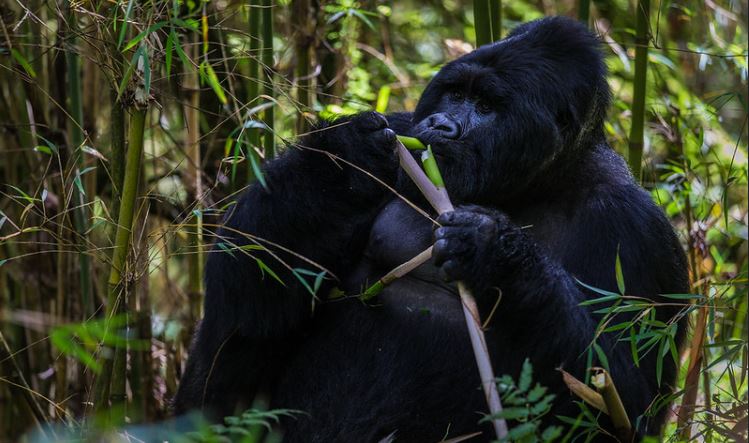
Book here
-
How many mountain gorillas are there in the whole world?
According to the 2022 Mountain Gorilla census count, the overall global population estimate stands at 1,063 mountain gorillas in the wild.
-
How long is a trek to see gorillas in Uganda or Rwanda?
Gorilla trekking takes 30 minutes to 6 hours or even a full day depending on the movements of the gorillas on a particular day.
This time involves the time take to reach the gorillas, the one hour with them and the time taken to trek back to the park headquarters.
-
Is chimpanzee trekking similar to gorilla trekking?
Yes, chimpanzee trekking is similar to gorilla trekking. First of all, gorillas and chimpanzees are closely related to humans by sharing their 95-98% of DNA genes with humans. Furthermore, both of them require trekking permits in order to visit them.
Also, there are two main sites in Uganda for viewing chimpanzees namely Kibale Forest National Park and Kyambura Gorge in Queen Elizabeth National Park.
It is important to note that close encounters with chimpanzees seem to be less predictable than with gorillas, and hiking may be less as well.
-
When should I book Rwanda gorilla permits?
It is advisable to book your permit 3 to 5 months in advance to avoid any disappointments.
-
What are the chances of seeing mountain gorillas?
There are 99% chances of seeing mountain gorillas in their natural habitat in Uganda and Rwanda.
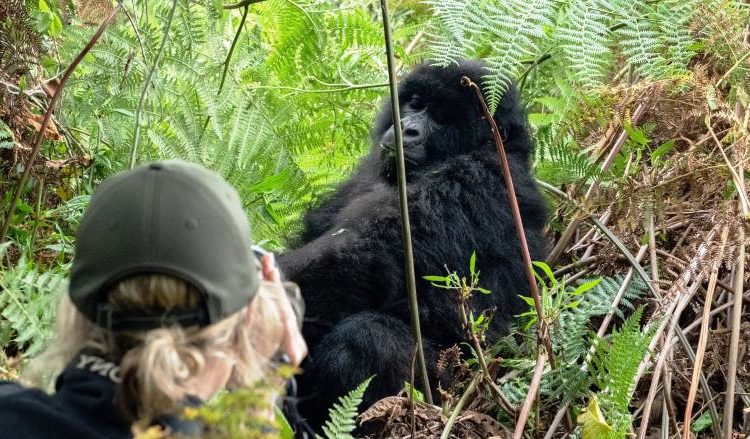
-
What is there to see in Uganda apart from mountain gorillas?
Uganda is endowed with the most beautiful flora and fauna, culture and people. All the way from the source of the Nile, to the vast Savannah plains, to the birds and Africa’s big five animals, one cannot fail to have the best safari destinations to choose from.
Apart from gorillas, you can find tree climbing lions, elephants, rhinos, leopards, buffaloes, chimpanzees, birds like the shoebill stork as well as beautiful lakes, rivers and mountains.
-
Is it possible to trek gorillas in Uganda via Rwanda?
Yes, it is possible. Visitors can fly from Kigali to Entebbe then take charter flights to Bwindi or Mgahinga National park. Alternatively, they can travel by road from Kigali to the parks (4 hours).
-
Does Rwanda have discounted gorilla permits?
In Rwanda, the cost of a gorilla permit is $1500 per person per day for all international visitors. Also, there is no discount gorilla permit in the country. However, there are special offers for Rwandans and East Africans.
-
Help me understand Bwindi Impenetrable National Park?
Bwindi Impenetrable forest is a tropical rain forest in South Western Uganda and a home to half of the remaining population of Mountain gorillas in the world.
Additionally, Bwindi is famous for gorilla trekking and has four sectors namely; Ruhija, Buhoma, Rushaga and Nkuringo.
There are over 22 gorilla families that are open for trekking in the national park.
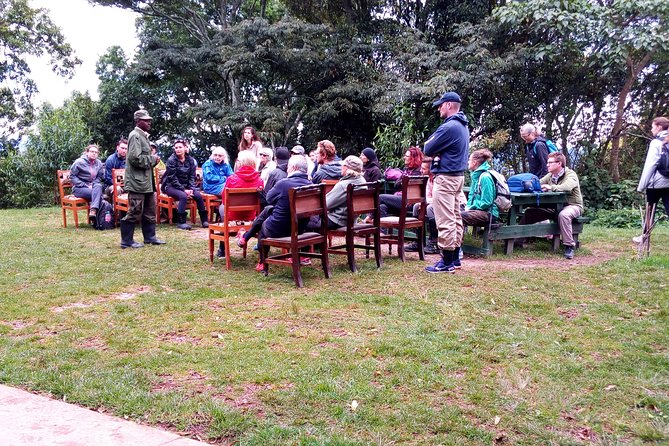
-
How do I get a gorilla permit?
- Travelers must book and get a gorilla permit in advance from your trusted tour operator or from Uganda Wildlife Authority.
- Gorilla permits in Uganda cost $700 for foreign non-residents, $600 for foreign residents and Ugx.250,000 for East African citizens.
- Gorilla habituation permits cost $1500 for foreign non-residents, $1000 for foreign residents and Ugx.750,000 for East African residents.
-
What is included on a gorilla permit?
- One hour viewing gorillas once found
- Park entry fees for the day of trekking
- Park ranger/guide fees
- Gorilla trackers fees
- Visitors security in the forest
-
What should I pack for gorilla trekking?
There are several necessities for gorilla trekking but a few of them include;
- Long sleeved shirts and trousers
- Strong hiking shoes
- Rain jacket
- Hand gloves
- Energy giving snacks and drinking water
- camera and enough batteries
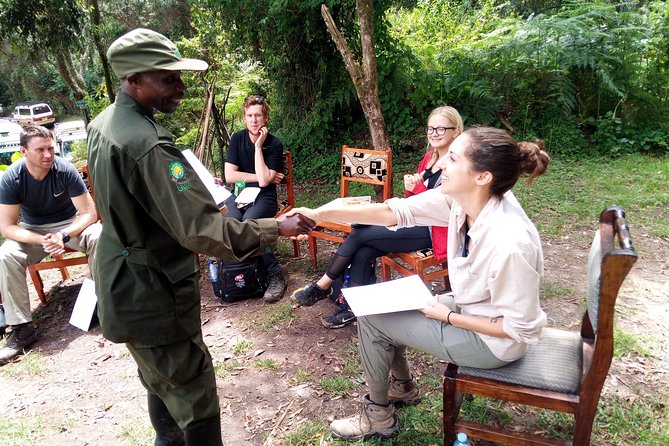
-
How many people are allowed to trek a habituated gorilla family?
A maximum of only 8 people are allowed to trek a gorilla family per day. This specific number of people is manageable by the guides and also doesn’t scare the gorillas away, on top of that this number of people helps to reduce on the risk of disease transmission and damaging the forest(their natural habitat).
Conclusion
If you have any other questions besides the ones stated above or if you need any further clarification, kindly contact Pamoja Tours and Travel. Also, kindly make your booking today for the best gorilla trekking safari that you will ever have.


